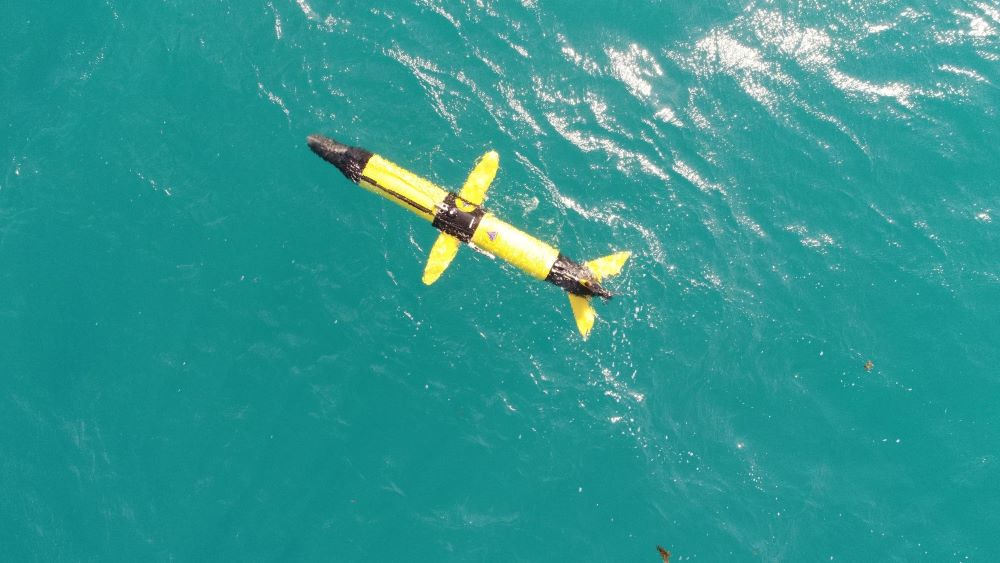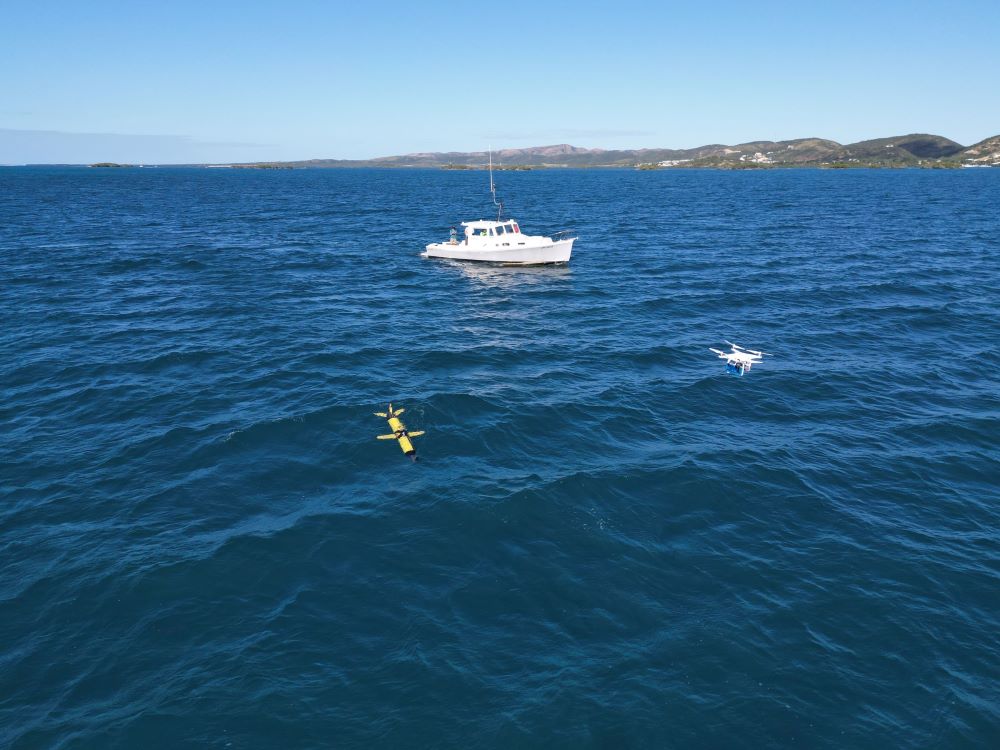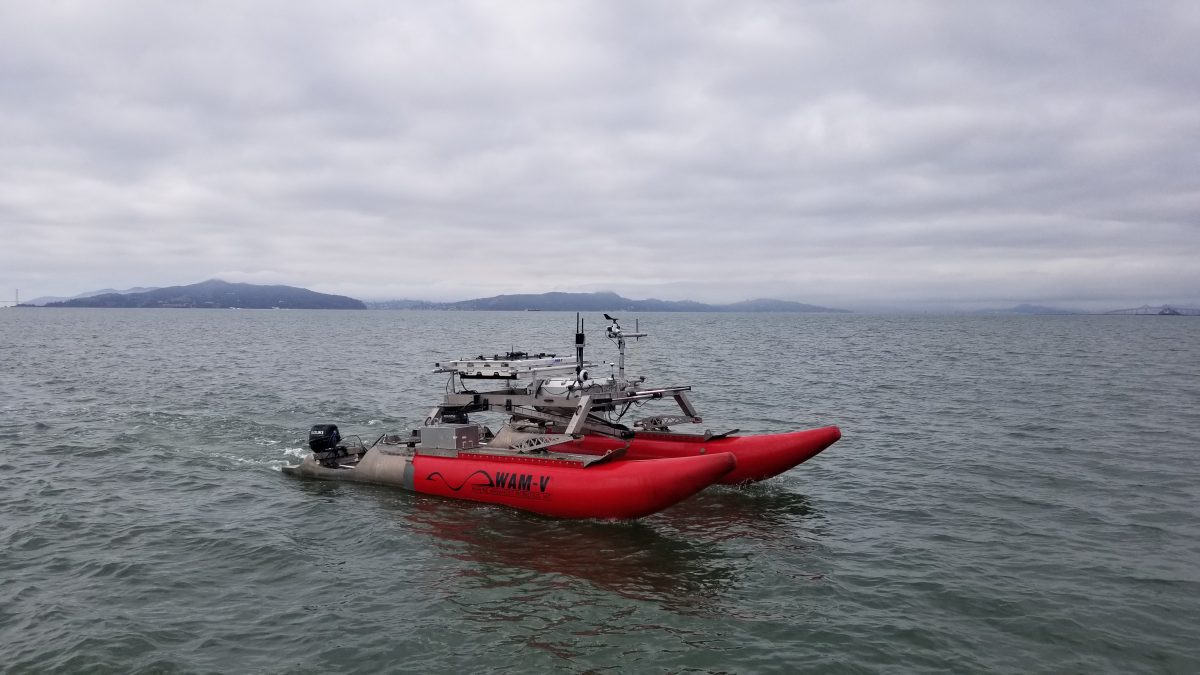In support of the United States’ goal to deploy 30 gigawatts of offshore wind energy by 2030, the Department of Energy (DOE) Wind Energy Technologies Office recently announced $15 million for five projects, co-funded by the Bureau of Ocean Energy Management (BOEM), that will provide critical environmental and wildlife data to aid offshore wind development. As part of that effort, Woods Hole Oceanographic Institution (WHOI) launched the “Cost-Effective Monitoring of Offshore Wind Installations with Automated Marine Robotics” project to develop an Autonomous Surface Vehicle (ASV) and Autonomous Underwater Vehicle (AUV) that can monitor coastal marine habitats and species in and around future offshore wind energy farms.
Through its Department of Applied Ocean Physics and Engineering, WHOI began the first phase of the project in mid-2022 by engaging with stakeholders in the marine, wind energy, and regulatory sectors that could be potential end-users of the technologies. Now, the project team is focused on creating an ASV and AUV with specialized payload sensors that can operate with minimal human interference. Initial testing will take place at WHOI in Buzzards Bay and Nantucket Sounds to fine tune the technologies and carry out sea trials. The final demonstration will take place in 2025 in the Humbolt-Trinity, California area, which is slated for a large floating offshore wind farm.
Once deployed, the ASVs and AUVs will gather data to understand which animals are in an area, how they behave, and how a future offshore wind farm might affect them (e.g., whether they’re attracted to the area or avoid it). The vehicles will be equipped with sensors and cameras that can identify and monitor various animal species above and below the surface. This data will then be combined with automated processing techniques, similar to those used for facial recognition and body scanning, to identify individual organisms, track their movements, and assess their foraging success over long periods. The information gathered from this project will help improve understanding of offshore wind energy development’s potential environmental effects, as well as the effectiveness of various management practices applied.


Photos 1 and 2: WHOI’s AUV during survey operations off the coast of Puerto Rico.
Automated marine robotics offer several benefits over conventional monitoring systems. Conducting environmental monitoring with ASVs and AUVs typically requires less ship time, which equates to less cost, easier access, and greater spatial and temporal coverage of an area. In addition to environmental monitoring for offshore wind energy, these automated systems could also prove beneficial for other environmental monitoring needs, such as water quality monitoring near marine protected areas, aquaculture installations, or heavily industrialized ports.

Photo 3: A WAM-V (Wave Adaptive Modular Vessel) autonomous surface vessels (ASV) built by Marine Advanced Robotics
Developing robust automated marine robotics is not without its challenges though. In 2023, during long-range under-ice testing in the Arctic, one of WHOI’s AUVs was struck by a ship’s propeller as it was being recovered in a storm and was destroyed. Although the vehicle was lost, all the mission data was recovered. The incident exemplifies how automated marine robotics can enable missions that are otherwise too risky or intractable with conventional technologies, and how difficult it can be to deploy systems in the harsh marine environment. The WHOI team is now building a replacement AUV that should be ready in time for the project to remain on schedule.
Through this project, WHOI is aiming to develop a commercially viable product that enables cost-effective scaling up for operational use and is actively disseminating project information through technology workshops and meetings with potential end users to build a network of early adopters.
